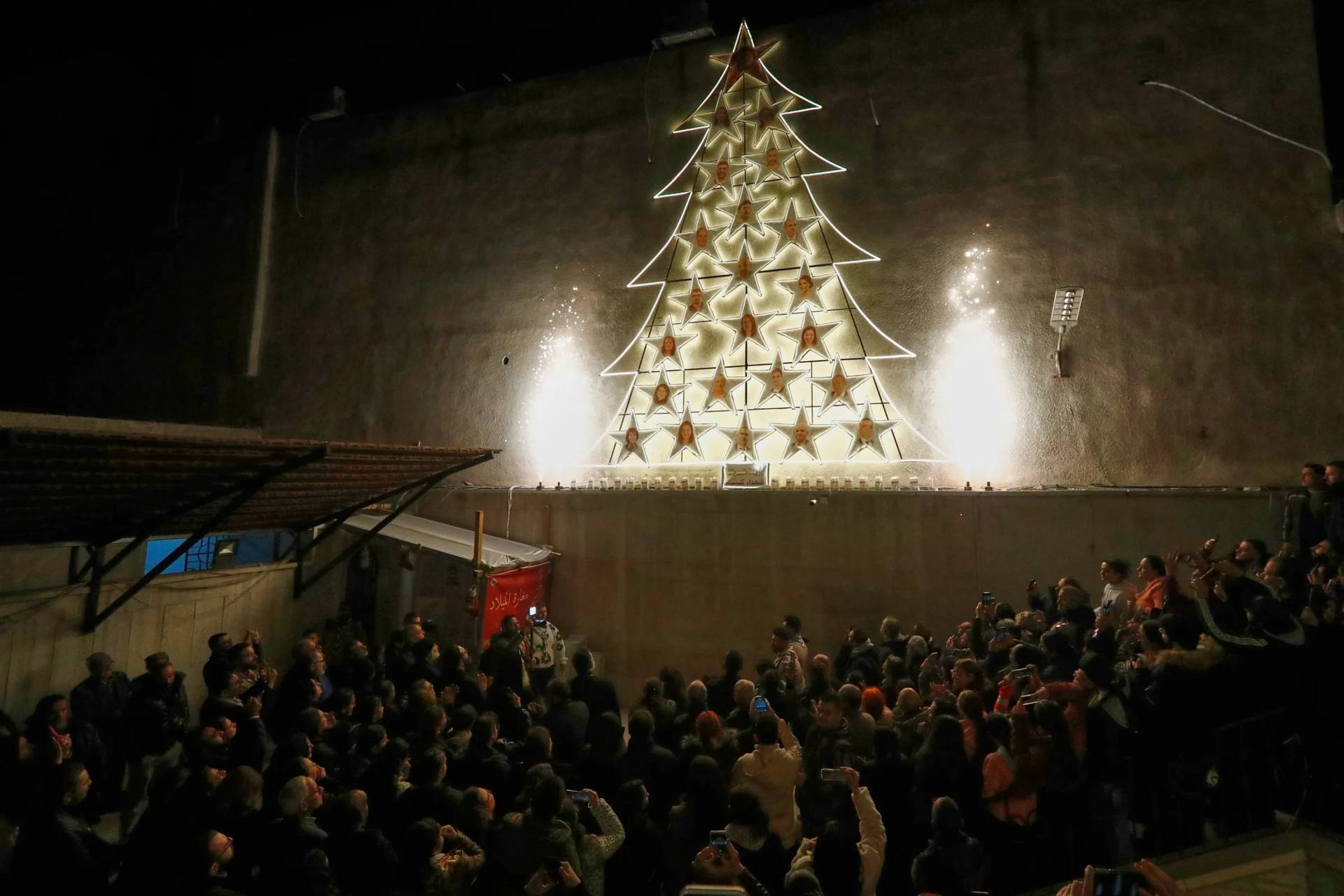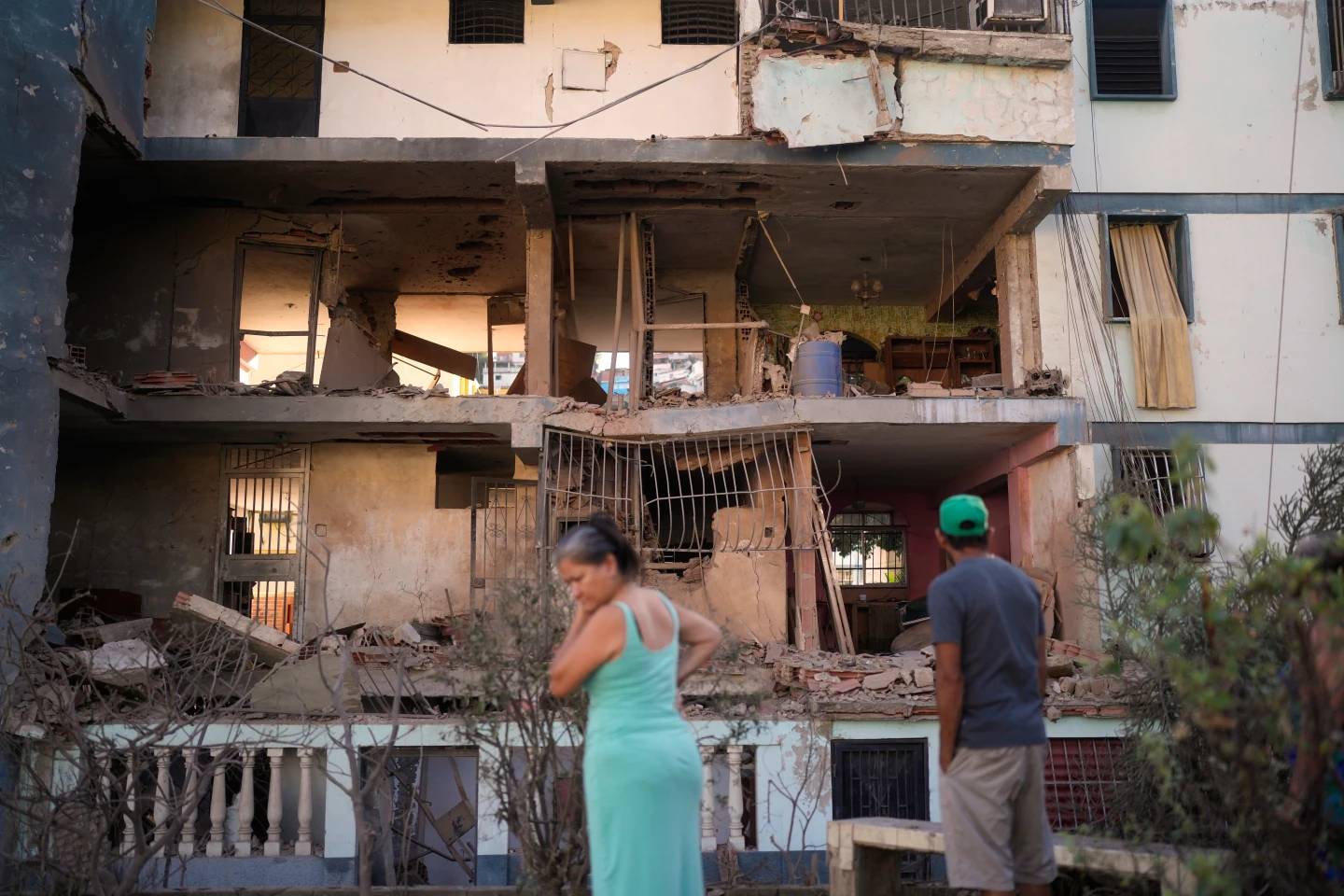An unprecedented archeological find in Israel is giving people a glimpse of burial customs during the time of Rameses II, often identified as the pharaoh in the Book of Exodus.
On Sept. 13, a mechanical digger penetrated the roof of a cave in the Palmahim Beach National Park, located a few miles south of Tel Aviv. Underneath was a burial chamber dating from the late Bronze Age.
“This is a once-in-a-lifetime find! It’s not every day that you walk onto an Indiana Jones set — a cave with tools on the floor that haven’t been touched in 3,300 years,” said Eli Yannai, a Bronze Age expert for the Israel Antiquities Authority.
Yannai noted the period of the burial was about the time of Rameses II, who ruled Egypt 1279–1213 BCE. Many people believe he is the pharaoh who ruled at the time of Exodus, and he was played by Yul Brynner in 1956’s The Ten Commandments.
During his rule, the Egyptian empire extended to Syria, including the area of present-day Israel, which was inhabited by the Canaanite people.

“In this period, in the long reign of the Nineteenth Egyptian Dynasty Pharaoh Rameses II, the Egyptian Empire controlled Canaan, and the Egyptian administration provided secure conditions for extensive international trade,” Yannai said.
“These economic and social processes are reflected in the burial cave that contains pottery vessels imported from Cyprus and from Ugarit on the northern Syrian coast, as well as from nearby coastal towns, including Yafo [Jaffa], Ashdod, Ashkelon, Gaza and Tel Ajjul, clearly showing that the population of Yavneh-Yam [Palmahim Beach], played an integral part in the lively trading activity that took place along the coast,” he said.
After the cave was discovered, Israel Antiquity Authority (IAA) archaeologists were called to the find. The cave had been hewn into a square, and several dozens of intact pottery and bronze artifacts were arranged as they were for the burial ceremony. IAA experts said these vessels were burial offerings that accompanied the deceased in the belief that they would serve the dead in the afterlife.
Among the artifacts were deep and shallow pottery bowls, some red-painted, footed chalices, and storage jars. Some of these were probably imported from the Lebanese coast. Officials also found bronze arrowheads that were likely in a quiver that has since decomposed.
“The fact that the cave was sealed, and not looted in later periods, will allow us to employ the modern scientific methods available today, to retrieve much information from the artifacts and from the residues extant on the vessels, for example, organic remains that are not visible to the naked eye. The cave may furnish a complete picture of the Late Bronze Age funerary customs,” Yannai said.

Diego Barkán, Tel Aviv district head for the IAA, told El País it was a “once in a generation” find.
“We already knew how people were buried during that era, but normally these caves were looted in ancient times. This is like entering a laboratory,” he said.
He told the Spanish newspaper that the identity of the people put to rest in the cave remains unknown, but scientists will try to extract DNA for analysis.
“As there are almost 100 receptacles, we do not know if more than one generation is buried there, which would imply several burial layers, or if they were wealthy people,” Barkán said.
In a statement, Eli Eskosido, director of the Israel Antiquities Authority, and Raya Shurky, the director of the Israel Nature and Parks Authority, called the discovery “unique and absolutely astonishing.”
“The news of the discovery of the cave spread like wildfire in the academic world, and we have already received requests from many scholars to take part in the planned archaeological excavation,” the statement said.
“Unfortunately, despite the guard set up, a few items were looted from the cave before it was sealed up, an issue that is now under investigation. Within a few days, we will formulate a plan to carry out the research and the protection of this unique site, which is a feast for the archaeological world and for the ancient history of the land of Israel,” the officials said.
Follow Charles Collins on Twitter: @CharlesinRome

















